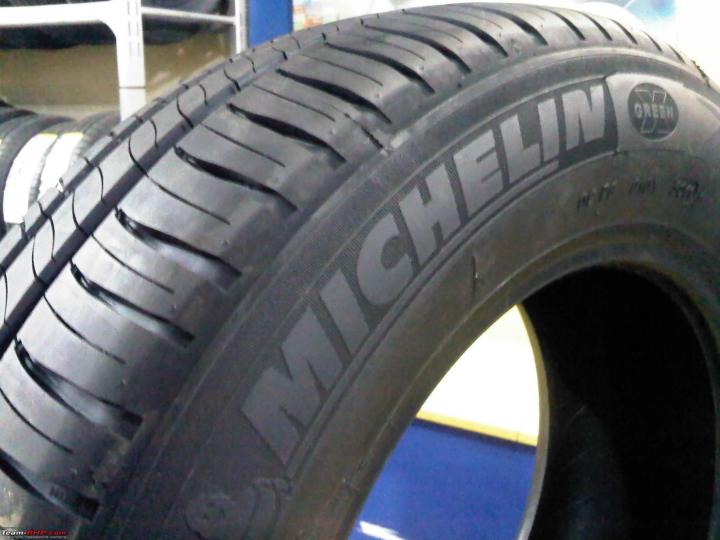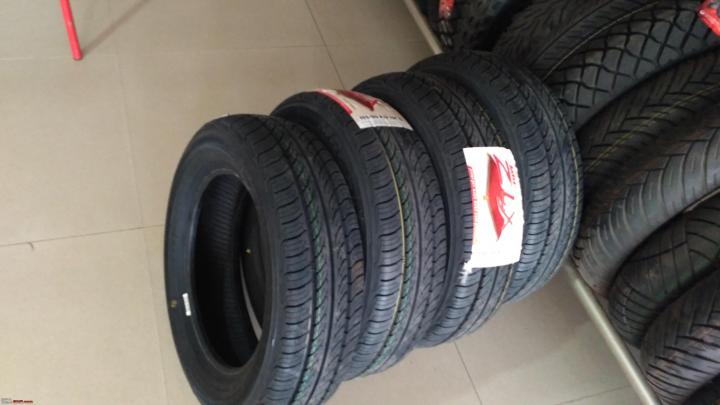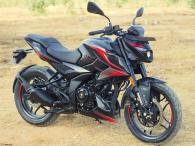News
New tyres vs old tyres: Difference in rolling resistance
Changed from Michelin to MRF tyres on my Maruti Suzuki A-Star recently.
BHPian avi550m recently shared this with other enthusiasts.
I recently changed my 7-year-old XM2s on my A-Star for a set of MRF ZLX's of the same stock size (155/80 R13). Apart from the noticeable improvements like lower noise and better ride comfort that comes with a new set of tyres, one thing I noticed was that the car's acceleration seemed to be better. I have always filled the Michelins with 33 psi all around (just that morning in fact), and the MRF's with the same pressure seemed to deliver better acceleration with the same throttle input. In fact, it was very similar to when I originally replaced the OEM CEATs with the Michelins in the beginning. Any idea if tyres gather more rolling resistance with time? This phenomenon is quite perplexing to me.
Here's what BHPian dhanushs had to say on the matter:
Apart from new tires giving a placebo effect, the lowered road noise (Clear and smooth engine sound) adds to the experience of better acceleration. As such, IMO, old tyres vs new tyres don't differ much as far as rolling resistance is concerned.
Here's what BHPian driver52001 had to say on the matter:
If indeed what you felt is a fact and not a play of the mind on driving with new shoes, then it's a bit perplexing. Not sure about the science. But since tyres tend to harden with age, the only logical outcome would be lower rolling resistance, not to the contrary. Could be ZLX has a wee bit harder compound than XM2?
Check out BHPian comments for more insights and information.
- Tags:
- Indian
- Member Content
- Tyres
- Michelin
- MRF







.jpeg)









.png)




